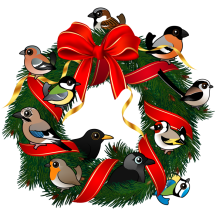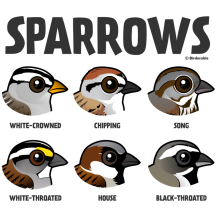Cloaca and Cloacal Kiss Explained

The cloaca is an essential anatomical feature in birds (the organ also exists in reptiles, amphibians, and some fish). In birds, the cloaca is a single opening located at the base of the tail that serves multiple functions. It is the exit point for the digestive, urinary, and... Read more »








































